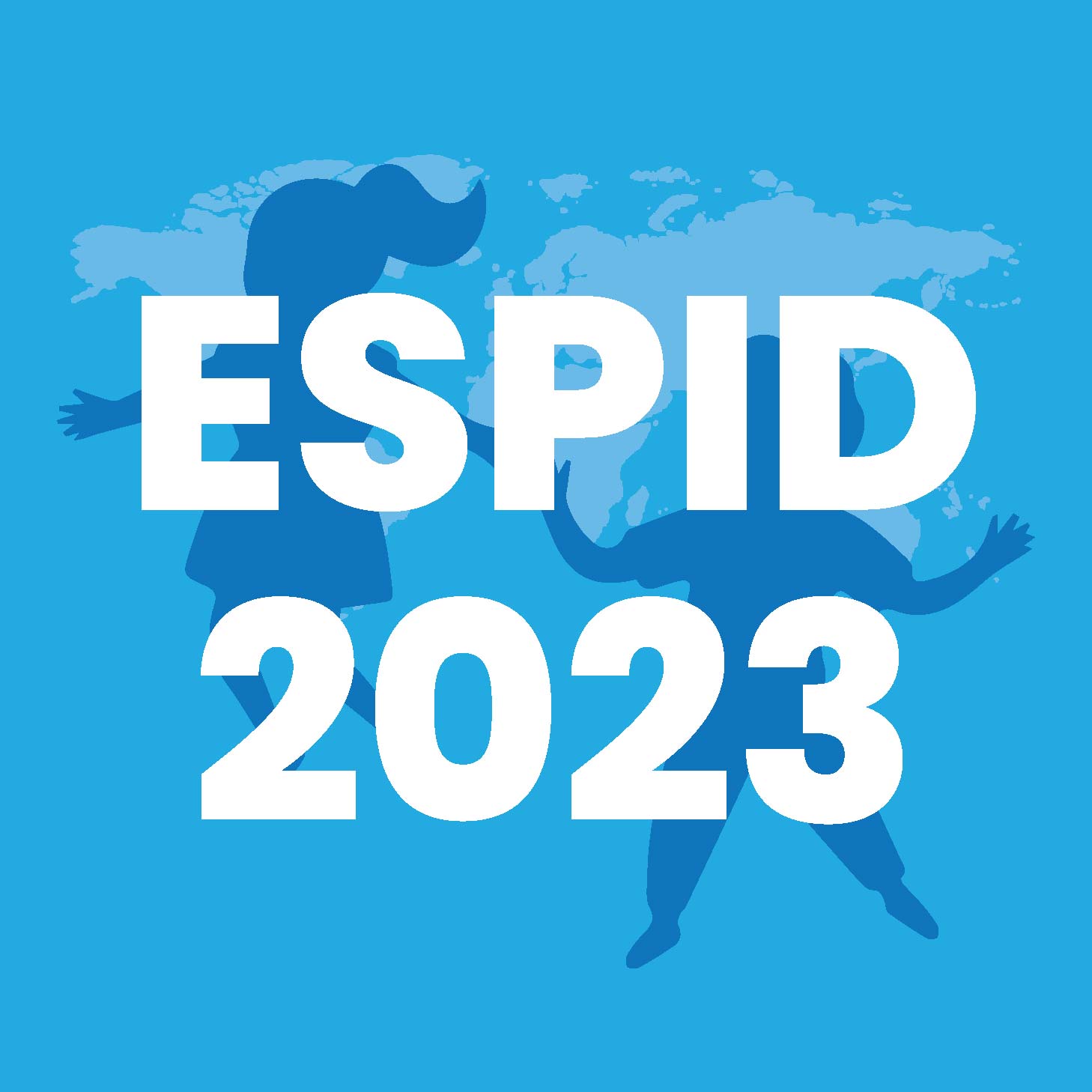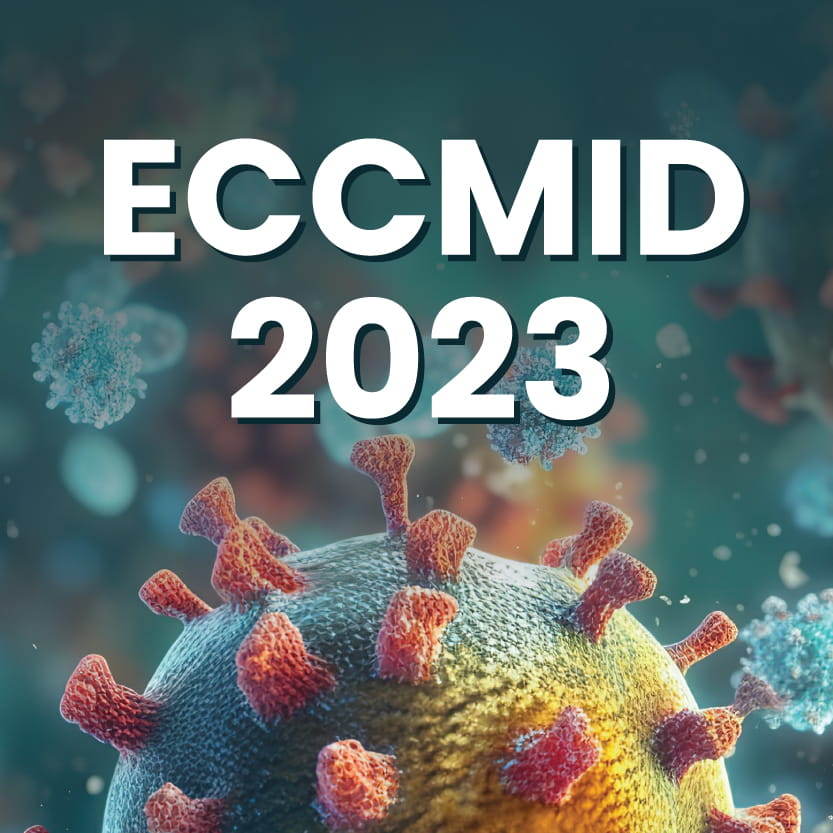ESPID 2023: Improving the Registry of Invasive Group A Streptococcal Infections and Other Emerging Serious Acute Infections in Children in Europe
This session focuses on the Pegasus study, a groundbreaking European collaborative effort focused on paediatric invasive group A streptococcal disease. There has been a rise in cases of invasive group A streptococcal (iGAS) infections among children in Europe, some of which have resulted in fatalities. Therefore, early detection is crucial in managing this disease. The Pegasus study seeks to investigate the incidence, risk factors, clinical presentation, microbiology and resistance, treatment, and outcomes of iGAS in children across Europe through retrospective data collection. The study aims to develop a live dashboard that provides real-time data analysis based on information gathered from the COPP study. Additionally, the study aims to identify disparities between countries by surveying up to 10 European nations across multiple settings.
Dutch experience on registering the increase in pediatric iGAS
Pediatric invasive group A streptococcal (iGAS) disease is a significant concern in paediatrics due to its high incidence and severity. The UK has raised the alarm regarding scarlet fever, and the iGAS surveillance system in England and Wales has reported an increasing trend in cases. In Iceland, a study conducted in 2014 found an increase in iGAS cases among children and adults. Similarly, a nationwide study in Finland that examined cases between 1996 and 2010 identified 151 iGAS cases in children, with varicella preceding 20% of cases and fasciitis infections in 83% of cases. A retrospective multicenter study conducted in the Madrid community between 2005 and 2015 analyzed 255 iGAS cases in children with a median age of 32.1 months. The study revealed that the incidence of iGAS did not increase over the study period. Multivariate analysis indicated that only pneumonia was associated with admissions to the pediatric intensive care unit (PICU). The most frequently detected endotoxin genes were speF, speB, and speG.
In Spain, iGAS is a non-notifiable disease, and a study conducted in 2018 across 29 hospitals identified 220 cases. The average annual incidence rate of iGAS was 5.96 episodes per 100,000 children attending the emergency department annually. The study reported a significant increase in cases in November and December 2022. The study also found that 40.5% of children with iGAS required admission to the pediatric intensive care unit (PICU), and 1.8% died. However, the study recently reported a decrease in clindamycin resistance to 3.4% and erythromycin resistance to 8.2%. Compared to the pre-pandemic period, there has been a significant rise in the number of iGAS cases in 2022, particularly in the last few weeks. The increase in pneumonia cases may be related to the temporal coincidence with Spain's RSV and influenza seasons.
The iGAS survey pilot study was conducted in seven hospitals between July 2021 and June 2022, where iGAS cases were identified by positive culture or PCR from sterile body compartments or clinical diagnosis of STSS or necrotizing fasciitis. Compared to January 2018 to December 2019, there was an increase in pediatric iGAS cases in the recent period. The main presentation in the first period was sepsis, while in the second period, the shift was towards necrotizing fasciitis, pneumonia, sepsis, and others. In addition, most presentations in both periods occurred in children aged 0.5 years. To better understand these results, a second study, COPP-iGAS, was conducted in the Netherlands, a multicenter, observational, retrospective, and prospective cohort study in a hospital setting. All presentations of iGAS were notifiable. By collecting clinical and microbiological data, this study aims to clearly show how severe forms of iGAS in children can be prevented.
The registries are necessary to understand the differences in iGAS and meningococcal infections within European countries and to reduce epidemics and identify the diseases earlier. These registries provide epidemiology and clinical data that guide clinicians in studying different infections. Streptococcus is the primary bacteria, followed by meningococcal, which is currently being studied due to its severe infection and higher incidence of meningitis. Monitoring serotypes and subtypes is crucial to understand their evolution in various parts of Europe. In the Netherlands, routine sero-sampling has shown that the M1 UK subtype is predominant. EMM typing is currently used as it provides more information than genome sequencing.
It is worth noting that many children diagnosed with iGAS have no identifiable pathogen despite extensive diagnostic testing. The definition of iGAS varies between countries, but a standardized definition has been established, including cases where Streptococcus pyogenes is isolated from a sterile body site. In cases where a child presents with pneumonia or empyema and evidence of GAS is found in a non-sterile body site, it is essential to include this in a database. These data are valuable to clinicians and public health professionals across different backgrounds.
A retrospective analysis from a few years ago suggested a possible relationship between the varicella vaccine and iGAS. Still, now that all children are vaccinated, only 4 out of 244 cases are related to the vaccine, making it difficult to draw any conclusions. On the other hand, children with influenza are more likely to require ICU admission than those without influenza. Furthermore, a survey revealed that 59% of hospitals have an iGAS registry, while 76% have other invasive bacterial registries that could be modified. Therefore, when conducting European surveillance, it is crucial to focus on obtaining data with both clinical and microbiological information rather than relying on hospital-wide data and requesting participation.
Interestingly, Group A streptococcus is known to adapt to the human host system. Therefore, surveillance reports have documented various EMM types, often associated with individuals who have spent an extended period in different geographical regions. These findings suggest that streptococcal behaviour may differ under various clinical, geographical, and societal conditions. Therefore, such factors should be considered when considering the epidemiology of group A streptococcus.
In summary, iGAS is a severe infection that can significantly impact children's health, with high morbidity and mortality rates. The establishment of registries, including clinical and microbiological data, can aid in the prevention and early detection of iGAS and help understand its behaviour in different clinical and geographical contexts.
European Society for paediatric infectious diseases (ESPID) 2023, May 8-12, 2023.




